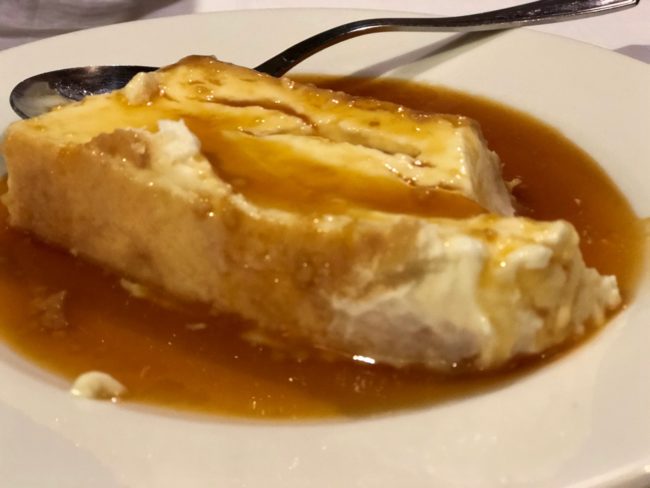
CHAPTER EIGHT: THE FOOLS ON THE HILL
December 11, 2018
CHAPTER TEN – FEELING AT HOME IN THE VINEYARDS OF PIEMONTE
December 19, 2018We Still Didn’t Drink All The Vino: Mai Tai Tom’s 2018 Return To Italy
CHAPTER NINE – THE MARVELOUS MOSAICS OF RAVENNA
Day Nine – A Case of the Benz, That’s The Ticket, A UNESCO Beauty, Of All the Galla, Cole Porter Inspiration, The Neon Bishop, I’ll Have 10 Orders of Ravioli Please, Where’s Steve Martin, Monument To A Poet, Fish & Crypts, Falling For Tracy, Umbrella Policy, Some Good Deeds Are Not Punished, A Rainy Night In Bologna and Unintended Candlelight Dinner
Full disclosure … when I plopped my head down on the pillow the previous night I was beat. Part of me just wanted to bag our day in Ravenna and actually have a relaxing day eating mounds of pasta in Bologna. The train tickets were something like nine euro each way, so I contemplated asking the crew if they just wanted to remain here.
Fortunately my evil taskmaster side took over in the morning, and I was up very early checking the Ravenna walking route I had planned before we left. My slacker side had once again been defeated (phew!). Had it won, we might have missed out on one of the most memorable days of the trip. Onward!
Rocco had ordered another taxi for us, and as we waited in the alley near Da Nello a beautiful, large Mercedes Benz van approached. “That’s one great looking vehicle,” I said. “I wonder what it’s doing here?” A man got out and said, “Are you Tom?” This was our ride. I only wish it had been longer, because it was one comfortable trip to the train station.
At 7:54 our train from Ravenna left, and at 9:15 we pulled into the Stazione di Ravenna, which opened in 1863. It was good we all had sturdy walking shoes, because we would be pounding the pavement all day.
At one time, Ravenna was actually the center of the western world and served as the capital of the western Roman Empire between 402 and 476 A.D. Then those darned Goths and Byzantines swooped in, but in doing so left behind some incredible mosaics that they slapped on Ravenna’s churches. Dante once called them “the sweet color of Oriental sapphires.” Ravenna would be the perfect place for Kim’s new camera to shine.
It seemed in Ravenna that it took just about 10 – 15 minutes to walk from virtually any sight. Our first stop would be Basilica di San Vitale (no relation to Dick Vitale for you college basketball fans). In a shop just down the street from the basilica is where you purchase a combo ticket (€9.50) that gets you into the basilica, the adjacent Mausoleum of Galla Placidia, Basilica di Sant’Apollinare Nuovo, Neonian Baptistery and the Archbishop’s Chapel.
Unfortunately for me, the shop also contained earrings (you know how much I enjoy shopping), so I waited as Tracy looked for gifts. She didn’t buy the fake cat.
It was then time for us to enter the first of many incredible sights in Ravenna, Basilica di San Vitale.
I read that the “architecture of the church is thought to echo the design of the Byzantine Imperial Audience Chamber, the Chrysotriklinos, of the Great Palace of Constantinople.”
Basilica di San Vitale was consecrated in 547 AD and walking inside is just a big “Wow.” It’s one of eight Ravenna structures on the UNESCO World Heritage list, so our UNESCO card got filled often (if only there was such a thing).
It’s hard to describe, but the mosaics come flying off the walls and ceilings with the most incredibly vivid colors. Talk about your head spinning, when I looked up my head turned in circles looking at all these amazing mosaics.
One of the most famous of the numerous mosaics is the 548 creation depicting the Roman eastern emperor Justinian I (the guy with the halo) and members of his court and clergy.
Across from Justinian is the mosaic of his wife, Theodora (also with a halo). Standing by her are her court ladies. If you look closely, the hem of her robe has a depiction of the Magi.
The dome has a Roman influence.
Below is one of the main lunette (an arched aperture or window, especially one in a domed ceiling) of the Abel and Melchizedech Mosaic: The Sacrifices of Abel and Melchizedech. It shows Abel offering a lamb, while Melchizedech offers some bread and wine to God (you can see God’s hand above the altar).
Above us we saw The Lamb of God mosaics on The Presbytery ceiling.
Below is the Hospitality of Abraham lunette. I sacrificed hurting my neck looking up to see it.
Finally, we also took a close look at the Triumphal Arch mosaics of Jesus Christ and the Apostles.
What a way to start our day, and we had plenty more to go. A short walk away stood the Mausoleum of Galla Placidia, which was built 100 years before the adjacent basilica. Along with San Vitale, these two buildings house Ravenna’s most famous mosaics.
Galla Placidia was the Roman emperor Honorius’s sister, and this is the memorial that was constructed in her, well I guess you could say, honor. Galla Placida was captured by the Visigoths, then married a barbarian, and after he was murdered, just like a San Diego Padre, she got traded back to the Romans (probably for a barbarian to be named later). Although her tomb is here, she is probably buried in Rome (there will be a test later).
Inside is another mosaic feast. The starry sky of the cupola of this mausoleum was not only beautiful, but was also the inspiration for a famous song, or so the story goes. Cole Porter honeymooned in Ravenna and was so taken with the approximately 900 stars glittering out of a deep blue sky backdrop that it moved him to write the song Night and Day.
UNESCO experts have described the Mausoleum of Galla Placidia as “the earliest and best preserved of all mosaic monuments, and at the same time one of the most artistically perfect.” The interior might not be large, but it is jam-packed with eye-popping mosaics. Over the north entrance, looking a little sheepish, is the lunette of The Good Shepherd.
Below is St. Lawrence.
Saints Peter (with the keys) and Paul (with the scroll) are depicted here. It looks like they were on the way to a toga party. We hung around here a lot longer than I thought we would, but Mausoleum of Galla Placidia was worth every minute we spent there.
We started walking through Ravenna, which on a Monday was in quiet contrast to all the cities we had visited so far. It was also a cute, little town. I walked carefully so as to not end up dismembered and headless like this guy.
In about ten minutes, we were at the La cattedrale metropolitana della Risurrezione di Nostro Signore Gesù Cristo, a church that has as many names as Sean Combs (Ravenna Cathedral, Duomo di Ravenna) and a lot of cool stuff to see. Even though we had seen about 200 churches already on this trip, this one was interesting (and it was only Day 9).
Some of the highlights of this church include the Chapel of the Blessed Sacrament, featuring Guido Reni’s stunning painting showing Moses Collecting Manna Amidst The Jews. The dome above it completes a gorgeous side chapel.
The people of Ravenna actually paid for The Chapel of the Madonna del Sudore, because they said they would pay for it as long as the Virgin Mary would free them from the plague of 1629. At least they got their money’s worth. Before exiting the church, Tracy asked me if I wanted to see Our Lady of Sweat. I wiped my brow and said, “Sure.” There, in the small chapel of Madonna Dei Sudore, is an image of the Madonna that has supposedly wept three times since it was put here. I assume one time was when she witnessed Jim Brown getting killed in The Dirty Dozen.
A few more statues and paintings and we were on our way.
Our next destination was located literally next door. I told you these places were close.
The Neonian Baptistery is the oldest monument in Ravenna having been built in 400 A.D. The baptismal font on the left has been remodeled to replicate its original shape, while on the right is the arcisola, which I found out is “an arched recess used as a place of entombment.”
Thankfully Kim had his super-duper camera to be able to take a photo of the beautiful dome, depicting the Baptism of Christ. According to literature, this “is one of the oldest mosaic scenes of the Baptism of Christ housed inside a monumental building. The images of the twelve Apostles, divided into two groups led by Saint Peter and Paul, revolve around the central medallion, standing out against a blue background. A second ring shows eight exedrae that cover thrones and altars.”
It was a three-minute walk to our next stop along the way.
The Palazzo Arcivescovile houses the Archbishop’s Chapel and Museum. It was built in 500 A.D. and contains mosaics from that time. I’d love to show you some, but no pictures are allowed, so, of course I had to steal this photo of a 5th-century mosaic from my friends at Wikipedia. I would have tried to take some, but the woman on patrol had a scowl that said she could have kicked my keister, so I followed the archaic rules.
Nearby stood the Giardino Rasponi, where Tracy, of course, had to stop for a minute. The city of Ravenna wanted more green space to offer “tourists an alternative destination for their walks.”
Also from here is an alternative view of the cathedral dome and bell tower.
My brain was craving pasta, so I knew it had to be nearly lunch time. While Tracy and Mary did a little more shopping, Kim and I hung out on the Piazza del Popolo, Ravenna’s main square with a clock tower showing I had to wait 18 minutes for lunch at a nearby restaurant that looked charming. The statues of San Vitale and Sant’Apollinare, patrons of the city, are located here.
Located a short distance from the piazza is Al Cairoli. Although the name sounds like an Italian opera singer, Al Cairoli is actually a lovely looking restaurant that turned out to be an excellent lunch choice. The interior had a very homey feel to it, and our server (who I think might be the owner, too) explained the dishes with great clarity. He told us that all the products used at the restaurant come from Emilia Romagna.
We started with an order of Cappalletti frittial formaggio (fried cappelletti with cheese). Oh my … we went through these so fast we had to order another round of this appetizer, which was the chef’s secret recipe. We did learn that parmesan and nutmeg were involved. It was an incredible dish.
For my main dish, the hits just kept on coming. The Ravioli alle erbette burro e salvia (ravioli with herbs, butter sauce and sage) was out of this world. I was now confident that when burro was on the menu I wasn’t going to eat a donkey. Mary had the pasta with pumpkin, butter and sage, while Kim and Tracy each went for the insalata di pollo, which had lettuce, pancetta, parmigiano and chicken.
After checking out some colorful shops, it was time for our afternoon attractions.
We walked through the Piazza del Popolo past the 18th-century Santa Maria Del Suffragio. It must have known we were coming, because the church had shut its doors.
It was another few minute stroll to the Arian Baptistery. The highlight of this tiny place is the octagonal dome. It depicts the baptism of Jesus by Saint John the Baptist with procession of the Apostles around.
A theme was developing with these domes.
Mary saw this little sign, which meant something to her because Mary’s middle name is Star.
Our marathon march through Ravenna continued. The Basilica of Sant’ Apollinare Nuovo is quite a sight from the outside with its large campanile…
… and it is another of those places that elicits a “Wow” upon entering.
Emperor Theodoric had this built in the 6th century.
Outside of Santa Maria Maggiore in Rome, Basilica of Sant’ Apollinare Nuovo is one of only two churches in Italy where the original wall mosaics have been preserved over all these centuries. The first view from the back is toward the Apses and the many polychrome mosaics, while the basilica’s coffered and carved wood ceiling really stands out. There are 24 marble columns.
The nave features a mosaic of Saint Martin leading a procession of several saints, although Drew Brees was nowhere to be found.
Female saints were represented, too. All the female saints carry crowns to the Madonna and Child. 

If you look very closely (very) you can see the detached hand and forearm (hint: first and third columns on the left) that is wrapped around the columns of Theodoric’s palace.
A mosaic depicts Three Wise Men (or Magi) “colorful eastern robes and the familiar Phrygian caps.” They are carrying gold, frankincense and myrrh, even though my spell check said Frankenstein.
These photos …
… a couple of the chapels.
Afterward, we spent a few moments checking out the peaceful cloisters.
In five minutes we were at our next destination, Tomba Dante (Dante’s Tomb). There is a bas-relief of the poet above the sarcophagus.
The famed poet died in Ravenna while he was in exile from his native Florence, so the tomb holding his bones is here. Dante had ticked off the Florentine power brokers. About 200 years later the Florentines had a change of heart and wanted his bones sent to their city, but a papal order from Pope Leo X was denied. They did, however, receive an empty tomb. Franciscan monks in Ravenna secretly removed them, which I suppose to them was a Divine Comedy. I’m sure the Florentines raised hell.
Adjacent to his tomb is the Basilica di San Francesco (which is where Dante’s funeral was held), which would mark our final thing to see in Ravenna. It didn’t reopen until 3 p.m., so with about a half hour to spare we did what most people do shortly after a large lunch … grab a pastry and coffee at a nearby shop. I don’t know why I was hungry, but perhaps it could be due to the fact that the church is located on Via Guido da Polenta. Shortly before 3 p.m., the doors of the basilica were flung open.
A UNESCO protected landmark, Basilica di San Francesco was constructed in the 9th and 10th centuries and even includes a flooded basement crypt that doubles as an underground goldfish pond.
This church holds the remains of a guy whose name sounds like he could be a rap star, the cool-sounding Bishop Neon. Neon had constructed a church here in the 5th century, and after it was rebuilt early in the 11th century, his tomb was found under the floor. He’s underwater, but fortunately does not need any scuba gear. However he is literally sleeping with the fishes.
Speaking of Polenta, there’s kind of a macabre visage on a gravestone here. It is of Ostasio II da Polenta, whose family was the leading nobility of Ravenna for more than 150 years, although they were not the kind of family you’d like as a neighbor. It seems they enjoyed the art of murder. The father of Osttasio II supposedly killed a cousin and an uncle and was subsequently murdered by his son Bernardino, who then starved two of his brothers to death. There’s a Netflix movie in there somewhere. Somehow, Ostasio II “peacefully passed away.”
Inside the church is La Madonna Immacolata di San Francesco derubata della sua corona (The Immaculate Virgin Mary of San Francesco robbed of her crown).
Going down a double flight of stairs, we reached the fish pond … I mean the crypt. Besides goldfish, if you’re lucky you might see an occasional duck floating by you. Some people throw coins in it for good luck, but we’d spent enough money on this trip not to throw more away.
There was one more place to see, but had we walked to the Mausoleum of Theoderic, we might not have time to get to our 4:33 p.m. train. Although we had nearly an hour, we started walking toward the station. Just for fun I checked the train schedules, and there was one for Bologna that would leave in less than 20 minutes, and we were only about a ten minute walk from the station.
We picked up the pace on a now drizzly afternoon. On the way, there was an elderly gentleman window shopping up ahead. As he turned away, he made a terrible misstep on the wet pavement, and he fell … almost into Tracy’s arms. Had it not been for his umbrella, she might have been able to break his fall.
As he did not speak English and our Italian is non-existent, we enlisted the help of a nearby passerby who ascertained the gentleman was shaken, but not injured. Assured he was ok, we were back on our way, walking at a brisk pace (yes, even me).
As an aside, we really enjoyed our walking tour of Ravenna. It’s a lovely town with cool buildings and you can easily navigate it in a day …
… with a little history at seemingly at every turn.
Back to our mad dash … We arrived at the station with only minutes to spare and although we had been shut out in Padova for trying to take an early train, we decided to give it a try. Mary waited in a long line to exchange tickets (that was never going to work), while out of the corner of my eye I saw a woman who seemed like the conductor or person who checks tickets on the train. I dashed over to the platform. There was only a couple of minutes to go before the train was set to depart, and she said we could climb aboard.
Getting Mary’s attention was another thing. Finally Kim yelled loud enough and she scurried over and we made the train with seconds to spare. Who said no good deeds go unpunished?
Arriving in Bologna earlier gave us time to get us ready for our drive to the Piemonte wine country the following day. We packed a little bit, drank the last sip of Rocco’s wine he had left for us and got ready for our last dinner in Bologna.
Those porticos came in handy as we walked toward Trattoria Dal Biassanot as it was raining. After a couple of wrong turns we reached the charming restaurant with a very friendly waitstaff.
After a long day, a bottle of wine was in order (I let the others have a sip), and our Sangiovese reserve from Umberto Cesari was terrific.
Whenever I see Prosciutto e Melone on a menu, I order it. It was spectacular, as was my tortellini with sage butter. You’d have thought with all the sage I ate on this trip I’d have come home a wiser man. Alas, not.
Tracy ordered an insalata mista and grilled chicken with veggies, while Mary tried the mushroom flan salad and Tuna burrata dish.
Finally, Kim started with the tortellini dish I had along with a steak with arugula and cheese.
 Just before our main course was served, the restaurant became more romantic. The storm had knocked out the electricity. Far from a chaotic scene that might take place in a U.S. establishment, the staff and customers didn’t miss a beat. Some candles were lit, and the food and wine came out as patrons were having a jovial old time. Soon the electricity came back on … to tell the truth I kind of liked it in the dark.
Just before our main course was served, the restaurant became more romantic. The storm had knocked out the electricity. Far from a chaotic scene that might take place in a U.S. establishment, the staff and customers didn’t miss a beat. Some candles were lit, and the food and wine came out as patrons were having a jovial old time. Soon the electricity came back on … to tell the truth I kind of liked it in the dark.
I did not have dessert on my mind (for a change), however our server changed my mind when she touted the Panna Cotta as the best in the world. She didn’t lie (well, it’s the best Panna Cotta I’ve tasted), and the caramel sauce was amazing. Although we didn’t order it, our server brought over a complimentary single scoop of house-made vanilla gelato, complete with a cat-shaped cookie.
It was a perfect meal to cap off a perfectly wonderful time we spent in Bologna. The price was right, too … a little more than 66 euros per couple.
I was definitely sad to leave Bologna. I loved the town, and I loved the place we stayed. And the food … I knew I’d miss that. However, it was time to head to the country, and I’d find the food there would keep our streak of wonderful meals alive.
The following day, we’d pick up a rental car, the first time we had driven in Italy since our infamous 2005 adventure. The day would not start off well for us. Once underway, we’d hit a beautiful Piemonte hill town for a delectable lunch and scope out the best view ever at our b&b in La Morra where we’d meet up with two more friends (Greg and Gloria). We’d also take a winery tour and finish up with a lovely dinner down the hill (on a rather unusual drive) from our lodging that included the beginning of my love affair with white truffles.
CHAPTER TEN – FEELING AT HOME IN THE VINEYARDS OF PIEMONTE
Next: DAY TEN – Death Of A Rental Car (2018 Version), Maybe We Shouldn’t Have Left Them Alone In The Garage, Mary & Tracy’s Wild Ride, Can’t Get Enough Of That Sage, Exploring Neive, Introducing Greg & Gloria, A View To Kill For, Wine Time, Mary Gets The Boot, My Love Affair With White Truffles and Now Greg Gets The Boot


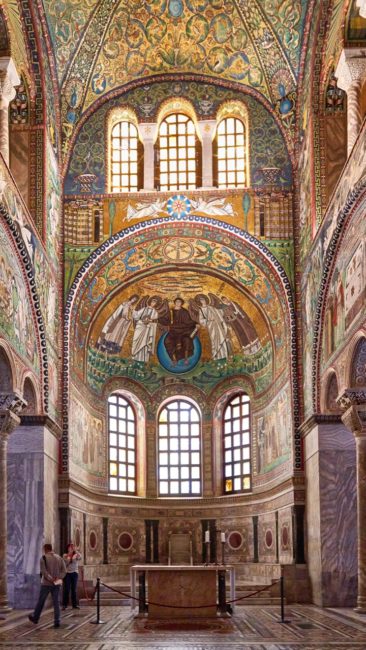







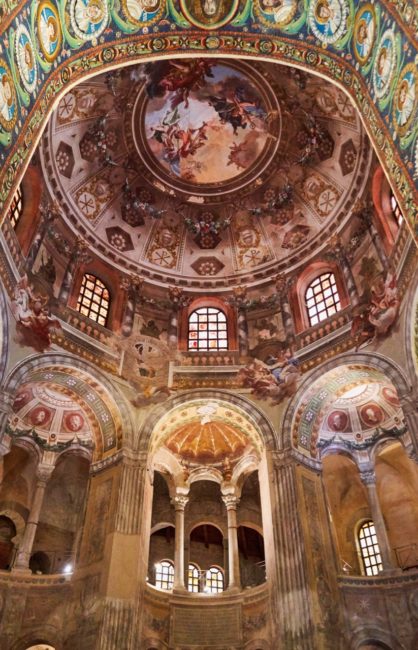
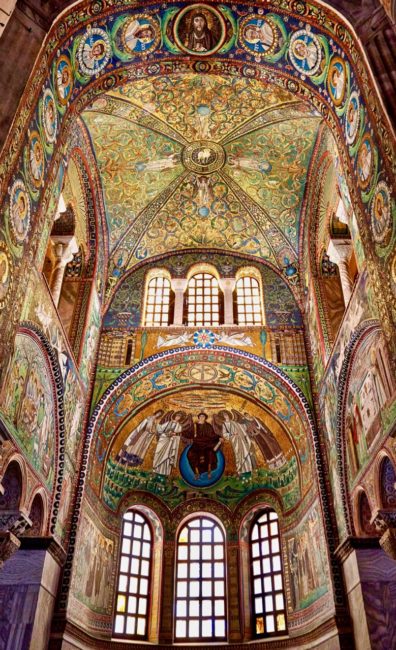







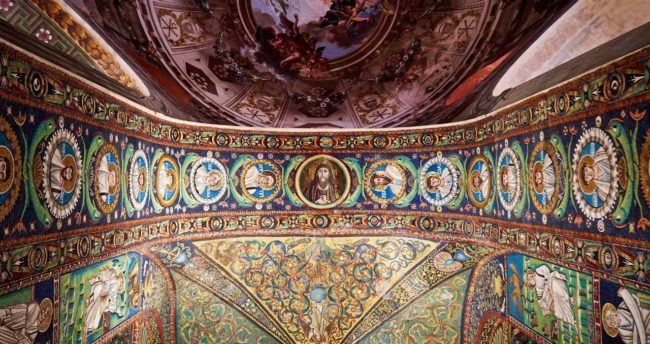

 .
. 



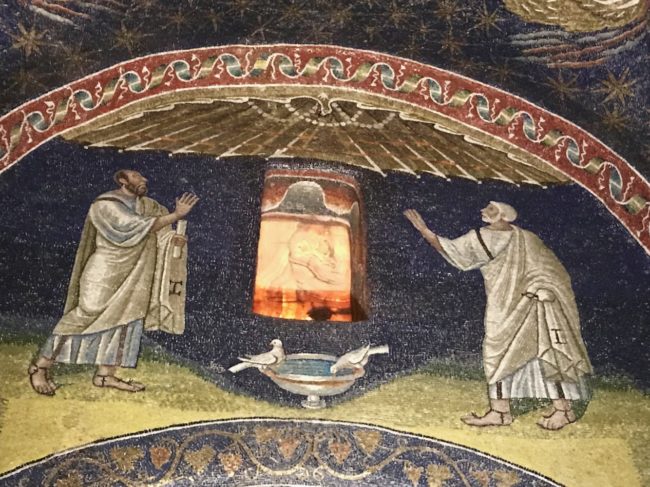

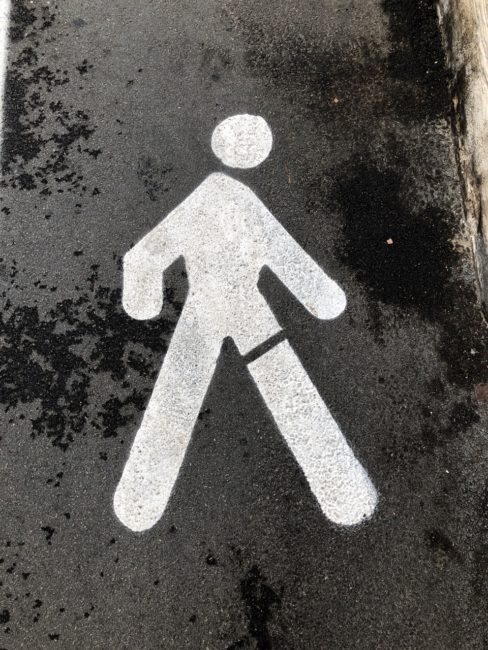
 .
. 
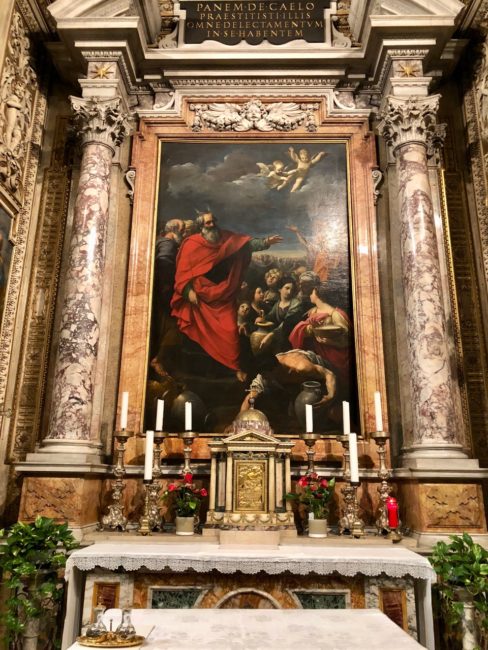






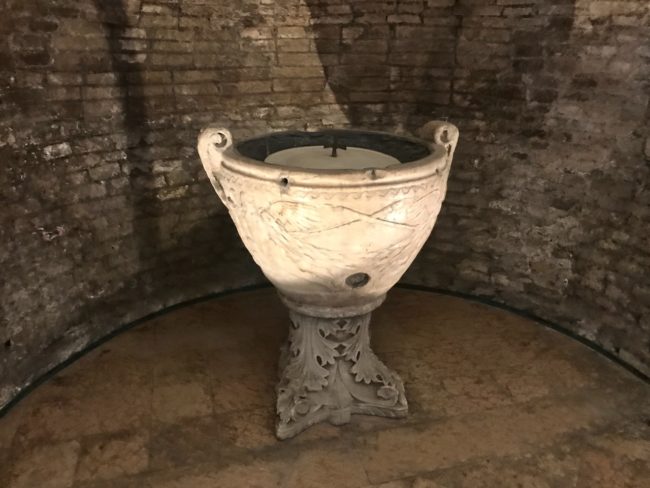 .
. 




 .
. 




 .
. 








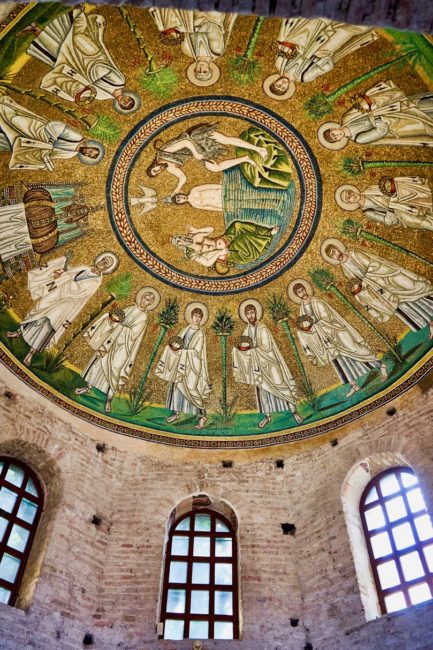








 .
. 









 .
. 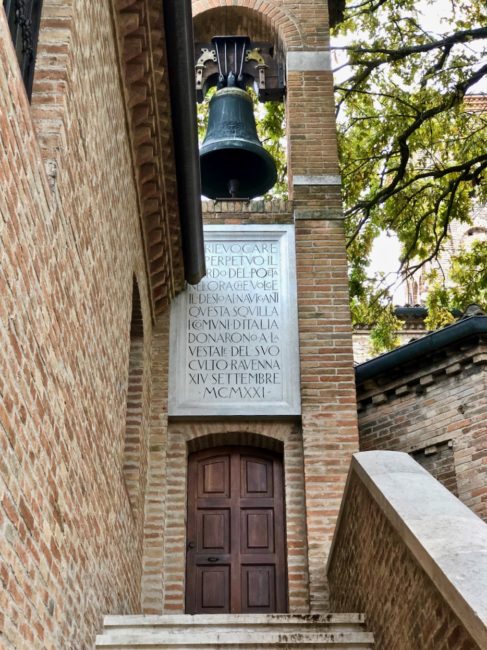 .
. 















